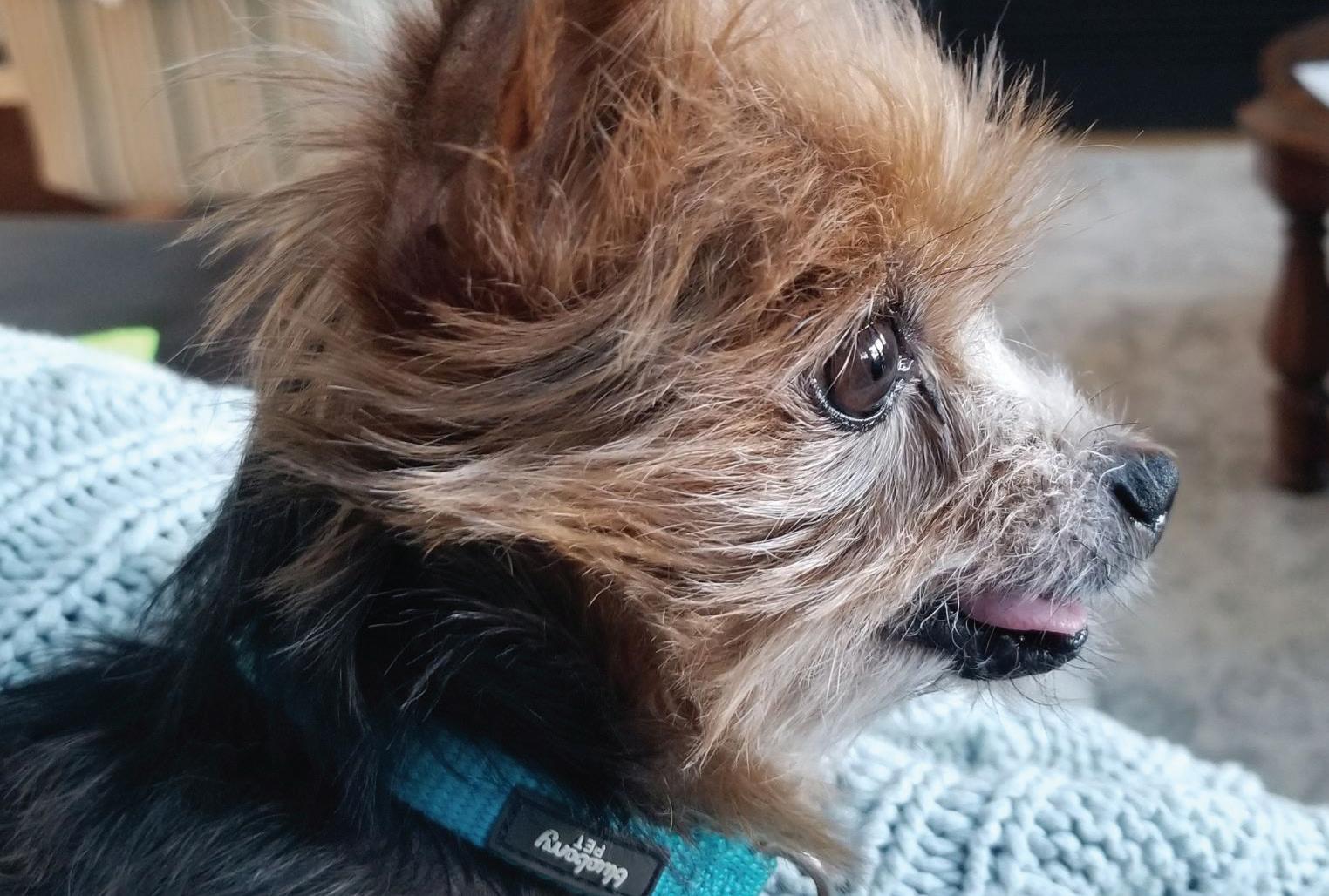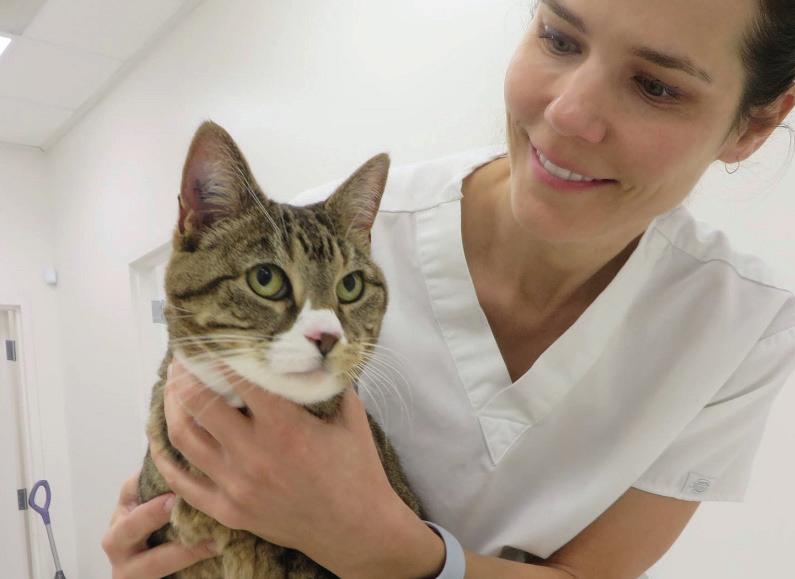
3 minute read
BENJI goes to the dentist
BENJI goes to the dentist
WRITTEN BY: SUZY SHANNON, Veterinarian at Veterinary Dental Care and Sweetgrass Animal Hospital in Summerville
Advertisement
Benji is an 11-year-old toy Yorkie who came to our clinic last year as a rescue dog. As part of my advanced veterinary dentistry training, we were working with rescues to provide their dogs with much needed dental care. Benji was barely four and half pounds, so small he could get lost in a handbag. He had the personality of a polite little boy and sat still as I examined his mouth. It was apparent that he had very little dental care if at all throughout his life. He had such severe periodontal disease that fur from his coat was trapped in pus between his teeth and gums. It was the type of dog mouth that made me wince and feel pain for the dog.

Amazingly, Benji was bright and alert and still eating. We proceeded to anesthetize him for further examination and treatment and we found that Benji had twenty-four teeth missing and all but one of the remaining eighteen were diseased. We extracted all the affected teeth except for one. The tooth that remained was healthy so it was best to preserve it as removing the tooth would risk require bone removal. As a toy dog, Benji already had small jaw bones and removing bone would put him a higher risk for a jaw fracture.
Two weeks after Benji’s procedure, the front part of Benji’s jaw fractured. His jaw did not fracture from a strong force or impact, it fractured because the bone was so weakened over time from periodontal disease. Benji had to wear a muzzle made for his size that supported his jaw while it healed. He was extremely brave and his jaw healed well!
Periodontal disease is one of the most common diseases affecting dogs. One study showed that 80% of two-year old dogs are affected by the disease. The disease is caused by bacteria in the mouth adhering to teeth and gums. The bacteria leads to inflammation and the inflammation ultimately causes destruction of structures that hold teeth in place. One of these structures includes the bones that make a dog’s jaw. For Benji, inflammation from periodontal disease caused such severe bone loss that his lower jaw fractured.

How can this be prevented from happening? Control of the bacteria by regular professional dental cleanings and home dental care can help prevent periodontal disease. Treatment of the disease requires dog owners to be proactive. One dental cleaning does not cure the disease, control involves regular dental care.
One of the most difficult things about periodontal disease is that it has very few symptoms. A dog owner can smell bad breath but he or she may mistakenly dismiss the smell as “doggy breath”. Dogs with periodontal disease continue to eat despite having loose, abscessed and painful teeth so sometimes there are no obvious signs.
Another difficult aspect of periodontal disease is that it requires anesthesia for a diagnosis. A dog will not sit still while a dental x-ray plate is in his mouth or periodontal probing. Both of these procedures could be harmful to the dog if he did bite down and chew and therefore anesthesia is required for safety and comfort.
Dogs like Benji do well under anesthesia and recover to go home the same day. Benji is now living a very happy, healthy life with the family who adopted him. They are taking excellent care of him and plan to have his one remaining strategic tooth professionally cleaned to prevent the effects of periodontal disease.

Dr. Suzy Shannon is a Veterinarian at Veterinary Dental Care and Sweetgrass Animal Hospital in Summerville.

SweetgrassAnimalHospital.com

www.lowcountrydog.com







